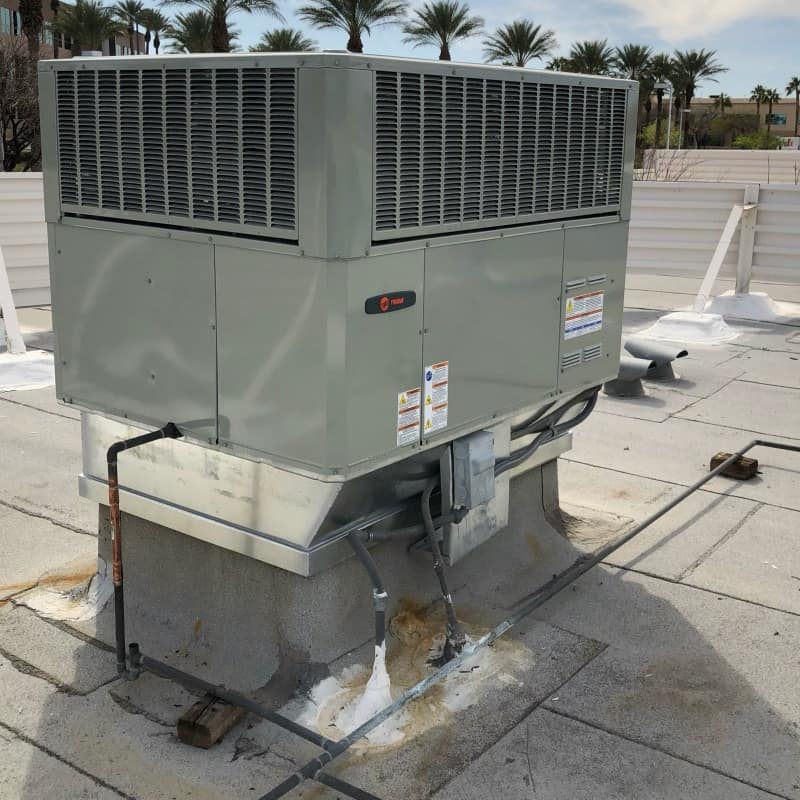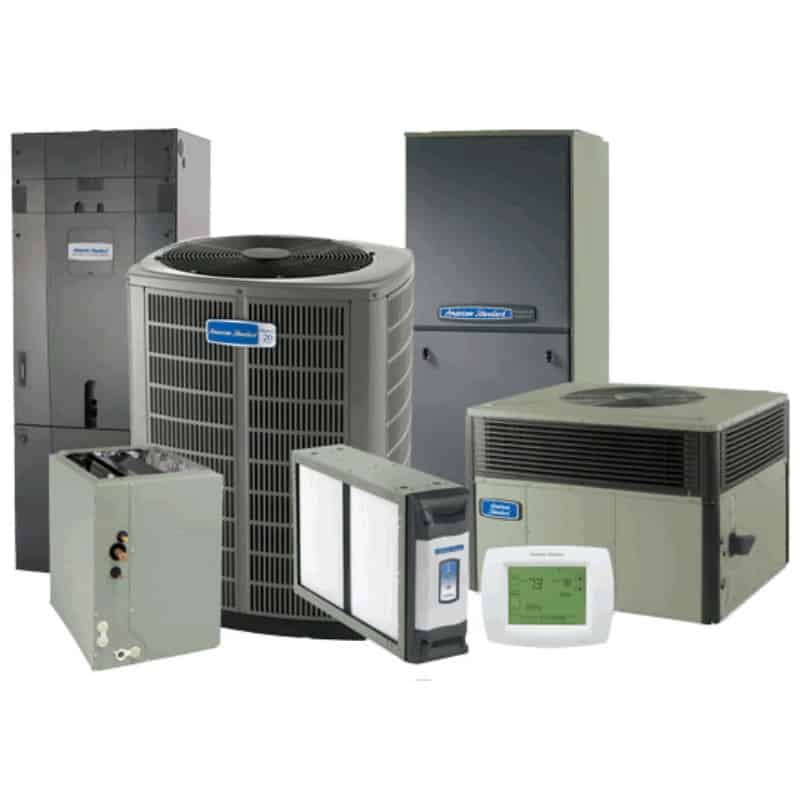New Central Air Conditioning Installation
Central air conditioners are more efficient than room air conditioners. In addition, they are out of the way, quiet, and convenient to operate. To save energy and money, you should try to buy an energy-efficient air conditioner and reduce your central air conditioner’s energy use. In an average air-conditioned home, air conditioning consumes more than 2,000 kilowatt-hours of electricity per year, causing power plants to emit about 3,500 pounds of carbon dioxide and 31 pounds of sulfur dioxide.
Today’s best air conditioners use 30% to 50% less energy to produce the same amount of cooling as air conditioners made in the mid 1970s. Even if your air conditioner is only 10 years old, you may save 20% to 40% of your cooling energy costs by replacing it with a newer, more efficient model.
- Split system
If your air conditioner is installed correctly, or if major installation problems are found and fixed, it will perform efficiently for years with only minor routine maintenance. However, many air conditioners are not installed correctly. As an unfortunate result, modern energy-efficient air conditioners can perform almost as poorly as older inefficient models. - Package unit
If your air conditioner is old, consider buying an energy-efficient model. Look for the ENERGY STAR® and EnergyGuide labels — qualified central units are about 15% more efficient than standard models. New residential central air conditioner standards went into effect on January 1, 2015; see the efficiency standards for central air conditioners for details, and consider purchasing a system with a higher SEER than the minimum for greater savings.
Air conditioners help to dehumidify the incoming air, but in cases where the air conditioner is oversized or in an extremely humid climate such as we have here in Nevada (i.e. Las Vegas, Henderson) it may not achieve a desirable level of low humidity. Also running a dehumidifier in your air conditioned home will increase your energy use, both for the dehumidifier itself and because the air conditioner will require more energy to cool your house. To save energy and money, you should try to buy an energy-efficient air conditioner and reduce your central air conditioners energy use. Consider buying an energy-efficient model, look for the NV ENERGY® or ENERGY STAR® labels – qualified central AC units are about 15% more efficient than standard models.


Installation of new AC Units
When installing a new central air conditioning system, be sure that your contractor:
- Allows adequate indoor space for the installation, maintenance, and repair of the new system, and installs an access door in the furnace or duct to provide a way to clean the evaporator coil.
- Uses a duct-sizing methodology such as the Air Conditioning Contractors of America (ACCA) Manual D.
- Ensures there are enough supply registers to deliver cool air and enough return air registers to carry warm house air back to the air conditioner.
- Installs duct work within the conditioned space, not in the attic, wherever possible.
- Seals all ducts with duct mastic and heavily insulates attic ducts.
- Locates the condensing unit where its noise will not keep you or your neighbors awake at night, if possible.
- Locates the condensing unit where no nearby objects will block airflow to it.
- Verifies that the newly installed air conditioner has the exact refrigerant charge and airflow rate specified by the manufacturer.
- Locates the thermostat away from heat sources, such as windows or supply registers.
ASK for a FREE estimate.






